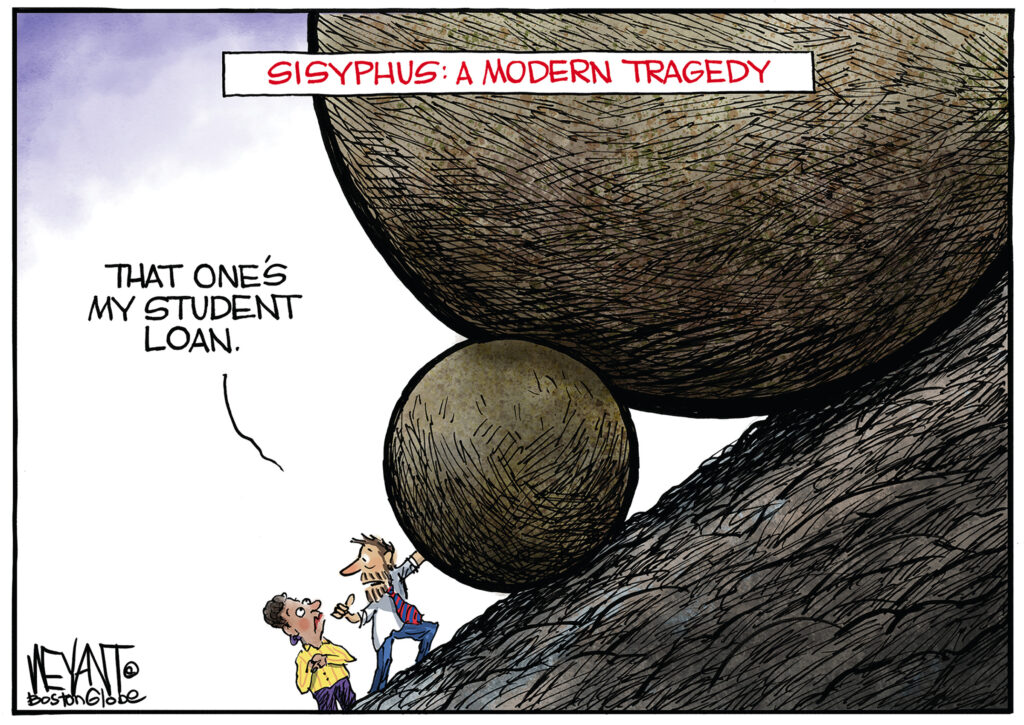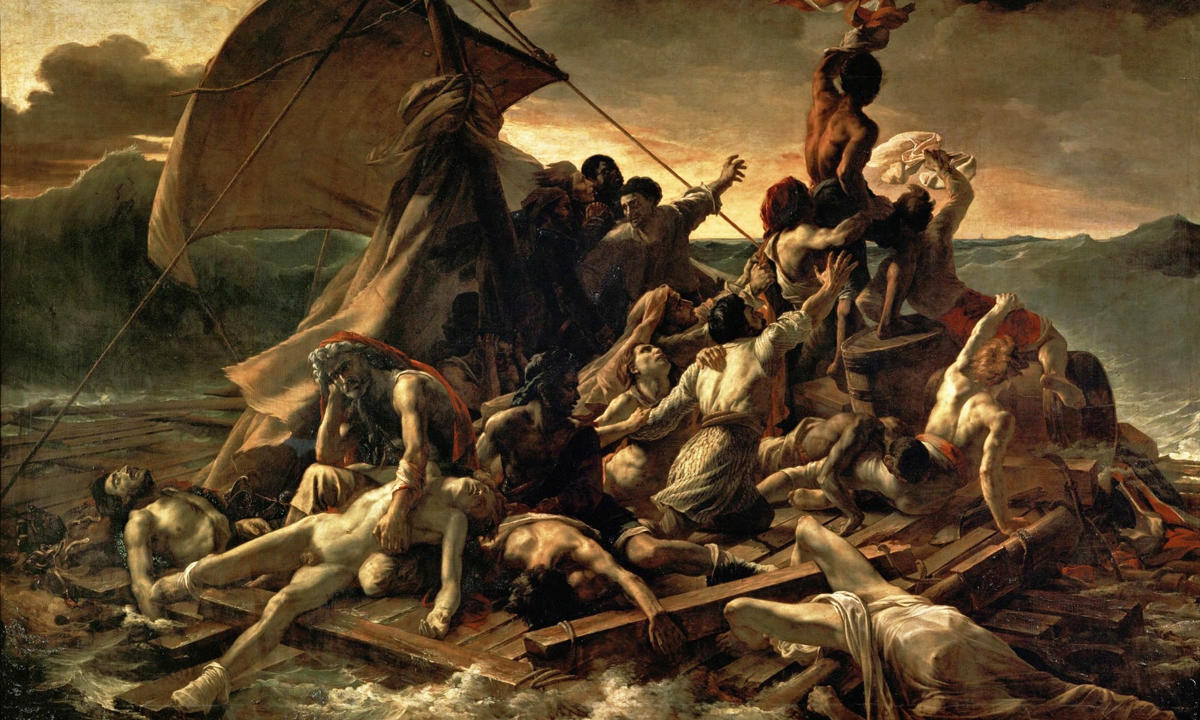Tragedy has always been one of the most powerful forms of performing art. Unlike comedy, which entertains and makes us laugh, tragedy explores deep emotions, human struggles, and the painful truths of life. It is not only about sadness—it is about facing reality through art.
What Is Tragedy Art?
Tragedy art is a dramatic form that shows the downfall or suffering of characters. This may happen due to fate, personal flaws, or unavoidable situations. Through tragedy, artists explore pain, loss, and destiny, making audiences reflect on life’s struggles and values.




The Origins of Tragedy
Tragedy began in ancient Greece. Playwrights like Sophocles and Euripides created stories of noble heroes destroyed by their flaws. Aristotle later described tragedy as a form that evokes pity and fear, leading to catharsis—an emotional cleansing for the audience.
Later, Shakespeare gave tragedy a new life. Plays like Hamlet, Macbeth, and Othello showed how ambition, jealousy, and betrayal can destroy even great people. These works remain classics because their themes are universal.
Main Elements of Tragedy
Every tragic story shares common features:
- The Tragic Hero – A central figure with strength but also a fatal flaw.
- Conflict – A struggle between will, morality, or destiny.
- Catharsis – Emotional release for the audience through pity and fear.
- Inevitable Ending – A powerful conclusion that highlights loss or sacrifice.
These elements make tragedy intense and emotionally moving.
Tragedy Across Cultures
Tragedy is not limited to Western art. In Indian theatre, Sanskrit plays sometimes included tragic emotions mixed with hope. Japanese Noh theatre uses symbolism to portray sorrow and spiritual pain. Even today, tragedy is found in many cultural performances across the world.
Why People Connect with Tragedy
Tragedy attracts audiences because it reflects reality. We connect with it for many reasons:
- It shows the truth of life—that loss and suffering are real.
- It lets us experience emotional depth beyond happiness.
- It teaches moral lessons against pride, greed, or betrayal.
- It offers catharsis, helping us release emotions in a safe way.
Instead of being depressing, tragedy often heals by helping us accept and process emotions.
Tragedy in Modern Times
Tragedy still thrives in today’s world. Movies like Titanic or Joker show tragic themes that touch global audiences. Modern plays and performances also use tragedy to highlight issues such as war, injustice, or climate change.
Television dramas and music often carry tragic elements too, keeping the audience emotionally engaged. This proves tragedy is not old-fashioned but a timeless art form.
The Artistic Value of Tragedy
Tragedy adds depth to performing arts. Without it, storytelling would feel incomplete. It balances joy with sorrow, light with shadow. Tragic performances push us to reflect, empathize, and grow stronger.
Artists use tragedy to explore the human condition. By doing so, they create works that stay in memory long after the performance ends.
Conclusion
Tragedy art remains one of the most enduring forms of performance. From ancient Greek plays to modern films, it continues to move people across the world. It shows us that sorrow is not only part of life but also a source of wisdom and strength.
In a world that often seeks quick joy, tragedy reminds us of the value of emotions, the lessons of loss, and the power of resilience. That is why it will always remain timeless in the performing arts.

Leave a Reply